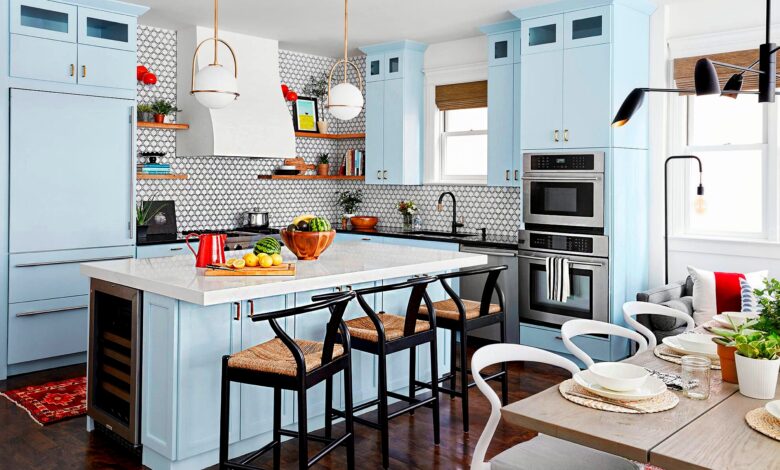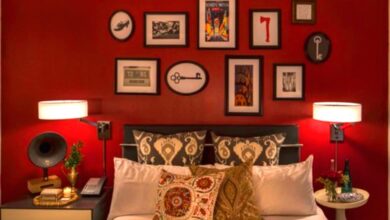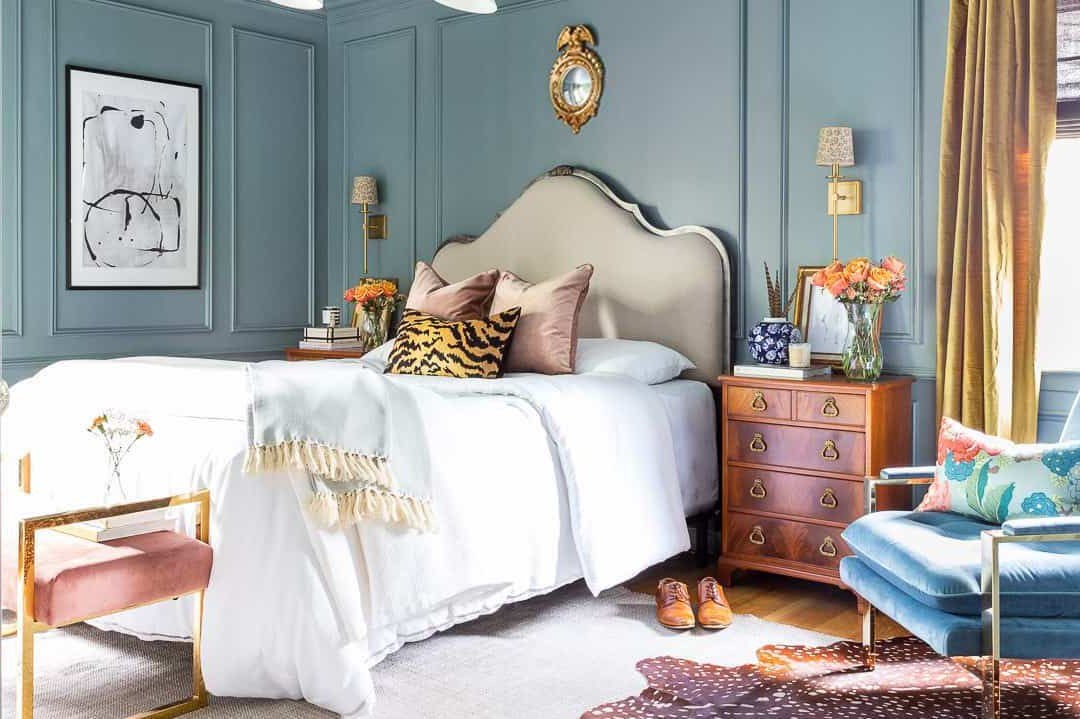How to Plan a Home Makeover Without Breaking the Bank
In this comprehensive guide will show you how to plan a home makeover that aligns with your vision and your wallet.

Giving your home a makeover doesn’t have to mean draining your savings or maxing out your credit cards. With smart planning, strategic budgeting, and a touch of creativity, you can transform your living space into a refreshed, stylish haven without overspending. Whether you’re targeting one room or your entire home, this comprehensive guide will show you how to plan a home makeover that aligns with your vision and your wallet.
Why Plan a Home Makeover?
Before jumping into the how-to, it’s crucial to understand the why. Planning a home makeover serves multiple purposes:
- Increases Property Value: Upgrades can boost your home’s market value.
- Improves Functionality: A makeover can solve storage issues, improve layout, and enhance comfort.
- Boosts Aesthetic Appeal: Refreshing your interiors can uplift the mood and feel of your home.
- Encourages Sustainability: You can make eco-friendly choices to reduce your environmental footprint.
The key is to plan a home makeover strategically, so you enjoy all these benefits without financial strain.
Step-by-Step Guide to Planning a Budget-Friendly Home Makeover
1. Define Your Goals
Start with a clear vision. What do you hope to achieve with your home makeover? Some common goals include:
- Modernizing the look of a room
- Increasing storage and organization
- Improving energy efficiency
- Preparing your home for resale
Write down your objectives to stay focused throughout the project. Remember, when you plan a home makeover, clarity at the outset is essential for success.
2. Set a Realistic Budget
Financial limitations don’t have to hinder creativity. Decide on a budget early and allocate funds to various aspects of the makeover:
- Labor and Contractors: If needed
- Materials and Supplies: Paint, flooring, hardware, etc.
- Furnishings and Decor: New or second-hand
- Unexpected Costs: Always set aside 10-15% for surprises
Use spreadsheets or budgeting apps to track every expense. Prioritize areas that offer the most return on investment.
3. Do a Room-by-Room Assessment
Every room has unique needs. Walk through your home and take notes:
- Which rooms feel outdated?
- Where is the functionality lacking?
- Are there any safety or maintenance concerns?
A room-by-room audit will help you decide where to concentrate your efforts first.
4. Seek Inspiration and Plan the Design
Websites like Pinterest, Instagram, and Houzz are goldmines for design inspiration. Create mood boards and visualize your dream home within your budget.
Key considerations include:
- Color Schemes: Lighter tones can make a room feel larger
- Themes: Modern, rustic, minimalistic, boho, etc.
- Materials: Opt for durable and cost-effective options
- Layout Changes: Consider furniture rearrangement for better flow
If you’re artistic, sketch your ideas. Otherwise, use free online design tools.
5. DIY Where Possible
One of the best ways to plan a home makeover on a budget is to do things yourself. DIY projects can drastically cut costs:
- Painting walls or furniture
- Installing shelves or hooks
- Refinishing cabinets or floors
- Making your own decor items
YouTube and DIY blogs offer step-by-step tutorials for beginners and seasoned handymen alike.
6. Reuse, Recycle, Repurpose
Get creative with what you already own:
- Reupholster Furniture: Give old chairs or sofas a new lease on life
- Paint Cabinets: Change their color for an instant update
- Repurpose Decor: Use items in different rooms or ways
- Shop Second-Hand: Thrift stores, online marketplaces, and garage sales
A clever approach to using existing resources can redefine your makeover without added expenses.
7. Choose Budget-Friendly Materials
When sourcing materials:
- Opt for laminate instead of hardwood
- Choose peel-and-stick wallpaper
- Use cost-effective tiles
- Consider engineered quartz over granite
Ask local suppliers for discounts, or check for clearance sales. Many big-box stores offer affordable options that mimic high-end materials.
8. Hire Contractors Wisely
If your project requires professional help:
- Get multiple quotes
- Check references and reviews
- Clearly outline the scope of work
Don’t be afraid to negotiate. Often, bundling services (e.g., plumbing and electrical) can get you better deals.
9. Focus on High-Impact Areas
You don’t need a full-home renovation to make a noticeable difference. Focus on areas that offer the most visual or functional improvement:
- Kitchen: Update backsplash, cabinet hardware, and lighting
- Living Room: New curtains, throw pillows, and area rugs
- Bathroom: Change faucets, mirrors, and regrout tiles
- Entryway: Add a fresh coat of paint and a functional console table
Targeting key areas can help you plan a home makeover that feels comprehensive without being exhaustive.
10. Don’t Forget Curb Appeal
The exterior of your home matters too:
- Repaint your front door
- Plant low-maintenance shrubs
- Add outdoor lighting
- Power wash walkways and siding
Curb appeal boosts first impressions and increases your home’s value.
Smart Saving Tips for Your Home Makeover
- Cash-Back and Rewards: Use credit cards that offer cash back on home improvement purchases.
- Off-Season Shopping: Buy seasonal items (like patio furniture) at end-of-season sales.
- Bulk Buying: Purchase materials in bulk for better rates.
- Coupon Codes and Online Deals: Sign up for newsletters and deal sites.
Common Mistakes to Avoid
Even with the best plans, mistakes can happen. Here’s what to avoid:
- Skipping the Planning Phase: Lack of a plan can lead to wasted money and effort
- Ignoring Hidden Costs: Permits, tools, and delivery fees add up
- Over-customizing: Too unique may not appeal to future buyers
- Underestimating Time: DIY projects often take longer than expected
Avoid these pitfalls to ensure a smoother, more cost-effective home makeover.
Final Thoughts: A Beautiful Home on a Budget
Learning how to plan a home makeover without breaking the bank is all about smart decisions, a clear vision, and a willingness to be flexible. With detailed planning, creative problem-solving, and a focus on affordability, you can achieve stunning results that reflect your personal style and enhance your home’s comfort and value.
Whether you’re tackling a single room or reimagining your entire home, the strategies outlined in this guide can help you plan a home makeover that’s both inspiring and budget-friendly. So grab your notebook, gather your ideas, and start planning your dream home today!











